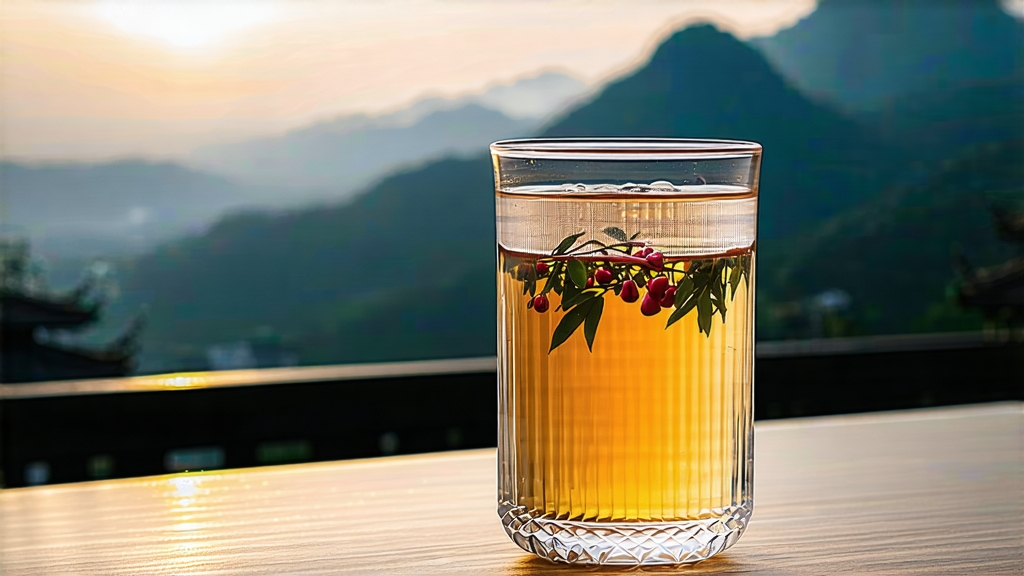
White Hair Silver Needle—Bai Hao Yin Zhen in its native tongue—is the quiet aristocrat of Chinese tea. While green tea commands applause and pu-erh gathers collectors, this youngest, most delicate child of the white tea family speaks in a whisper that travels farther than any shout. To understand it is to eavesdrop on a thousand years of Chinese mornings, when mountain mist lifted off the garden and the only sound was the soft click of a freshly plucked bud landing in a bamboo basket.
History: From Imperial Tribute to Global Muse
References to “white down” tea appear in Song-dynasty treatises (960-1279), but Yin Zhen’s documented fame begins in the late 1700s when the Qing court taxed it as “first-grade tribute.” Only the unopened bud—silvery, needle-straight, and still cool from dawn—was accepted. Legend claims the Dowager Empress Cixi bathed her face in the first infusion to preserve youth, a rumor that sent court eunuchs smuggling buds inside their sleeves. By 1891 Fujian exporters floated the tea down the Min River to Fuzhou docks, where British and Dutch merchants mistook the pale liquor for watery green tea and underpaid for crates that would later fetch tenfold in London. A century later, at the 2015 Milan Expo, Silver Needle won the Gold Leaf award, and sommeliers discovered that its quiet apricot note could outlast a 1989 Montrachet in finish length.
Terroir: Where the Mountain Breathes through the Sea
Authentic Silver Needle hails from two protected micro-zones: Fuding and Zhenghe, both in northern Fujian. Fuding’s granite soils drain monsoon rain within hours, forcing the tea bush (Da Bai cultivar) to store amino acids in tight buds. Zhenghe sits 200 m higher; cooler nights slow oxidation enzymes, creating a greener, more meadow-flower profile. Gardens face east, catching sunrise that evaporates dew precisely when pickers arrive. Proximity to the East China Sea means maritime fog rolls in at 3 p.m., acting as a natural shade cloth that boosts theanine—the compound responsible for the tea’s umami-sweet glide.
Plucking: One Dawn, One Standard
The harvest window is cruelly short: three to five days in late March when the bud reaches 2.5–3 cm but the first leaf has not yet unfurled. Experienced eyes can judge by moon phase—buds swell fastest the night before a new moon. Pickers wear cotton gloves to prevent thumb-heat from starting enzymatic bruising. A full basket, carried on the head to keep buds upright, weighs barely 500 g; 30 000 buds become 500 g of finished tea, the same ratio as a vineyard needing one vine for a single glass of wine.
Craft: The Art of Doing Almost Nothing
White tea’s minimalism is deceptive. Once back at the shed, buds are spread one layer thick on bamboo trays stacked like sliding windows in a Japanese lantern. For 36–48 hours they wither under nature’s HVAC: mountain breeze at 22 °C and 65 % humidity. A master shifu turns them every hour with a feather-light flick of the wrist; too seldom and the bud bruises, too often and the silver down falls off, taking aroma with it. No pan-firing, no rolling—just a final 15-minute “drying” at 80 °C to reach 8–9 % moisture. The result is a bud that looks alive, still standing at attention, its surface like hoarfrost on a winter twig.
Chemistry in Suspension
Because cell walls remain largely intact, Silver Needle ages like a white Burgundy. Young tea (0–1 year) offers fresh hay, white peach, and a cool cucumber finish. At 3 years the liquor turns golden amber and develops notes of marzipan and dried longan. After 7 years in breathable kraft paper, hints of sandalwood and medicinal camphor emerge, prized in Guangzhou tea markets where a 2010 cake recently sold for USD 1 200 per 100 g. Throughout, antioxidant levels (EGCG, catechin) remain higher than in green tea because the leaf was never shocked by heat.
Water: The Invisible Ingredient
Silver Needle is a mirror